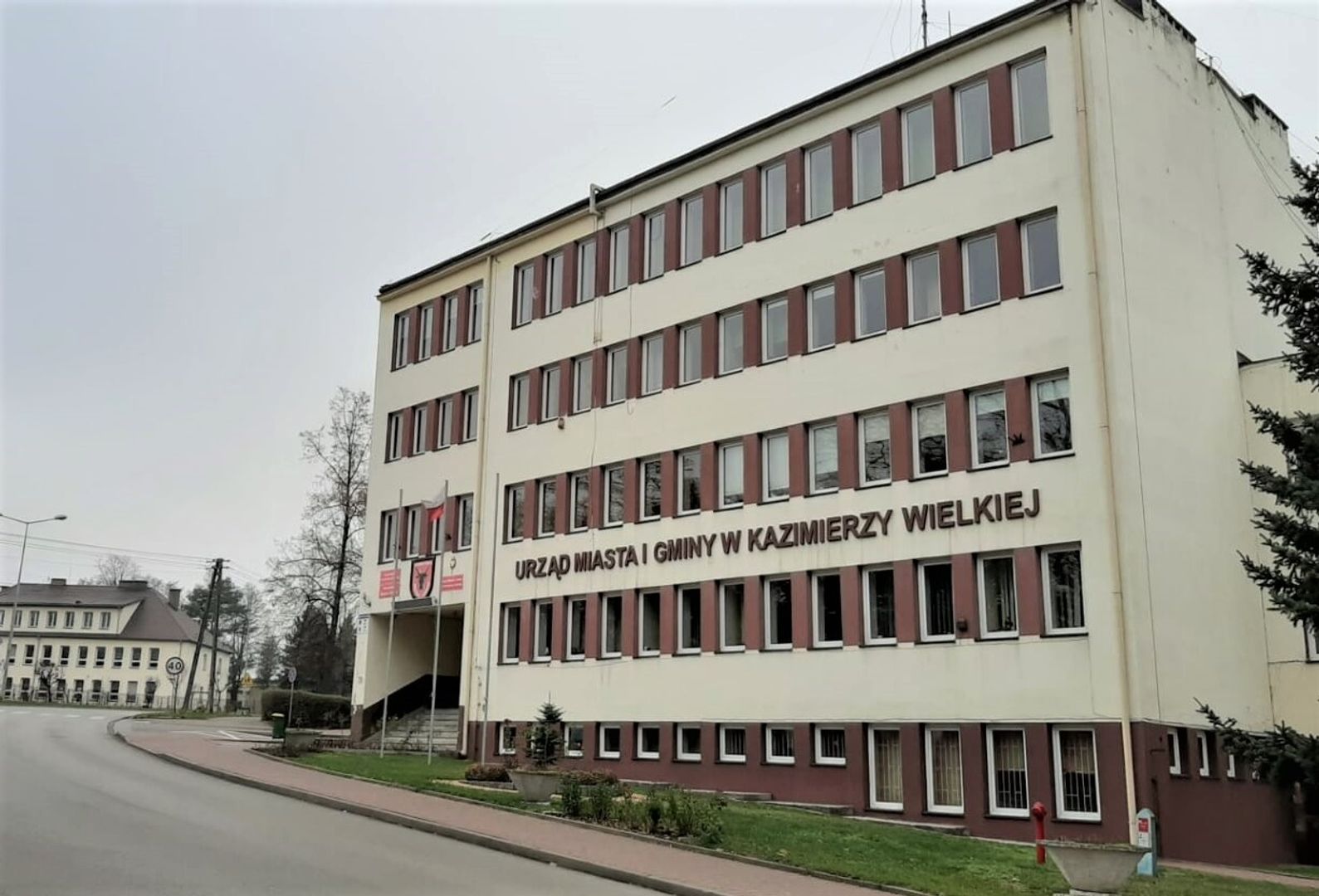Casimir the Great
6.72

Overview
Kazimierza Wielka, a small district town in the Świętokrzyskie Voivodeship, is located in Lesser Poland and boasts a rich history dating back to prehistoric times. The earliest traces of settlement in the area are approximately 6,000 years old. During the Middle Ages, the locality was known by various names, with the first written records dating back to the 14th century. It was initially a knight's estate, later becoming a noble property, and its importance grew due to its agricultural value and local influence. In the 16th century, it became the seat of one of the most populous deaneries in the Kraków diocese. During the partitions of Poland, after being taken over by the Łubieński family, one of the first sugar refineries in Poland was established here, contributing to the town's development. In the Polish People's Republic, Kazimierza Wielka gained the status of a settlement, and in 1959, it was granted town rights. Architecturally, it is distinguished by the 17th-century Church of the Exaltation of the Holy Cross, which features Baroque elements, and a 19th-century palace complex that is part of the Łubieński heritage. The town also has a distinctive tower known as the "Okrąglak," which now houses the Museum of the Kazimierza Land. Kazimierza Wielka is part of a health resort protection area, and its urban space is balanced with greenery, including a manorial park. Religious communities in the town include the Roman Catholic Church and a Jehovah's Witnesses congregation. It cooperates with partner cities such as Altenstadt in Germany and Buchach in Ukraine. Residents are actively involved in sports, and the town hosts various educational institutions, including a general secondary school and several primary schools. Kazimierza Wielka is a place with a rich cultural heritage that blends history with modernity and local tradition.
Location
2025 Wizytor | All Rights Reserved